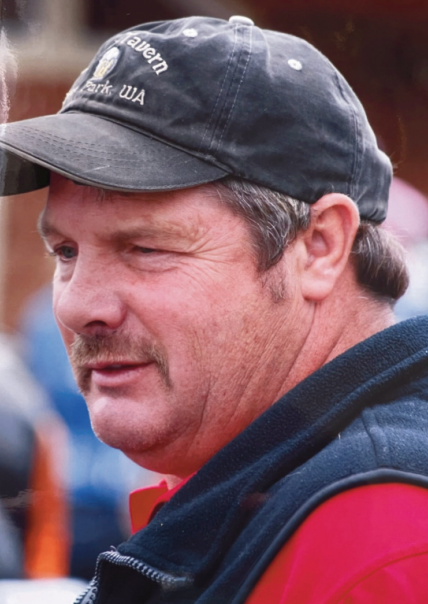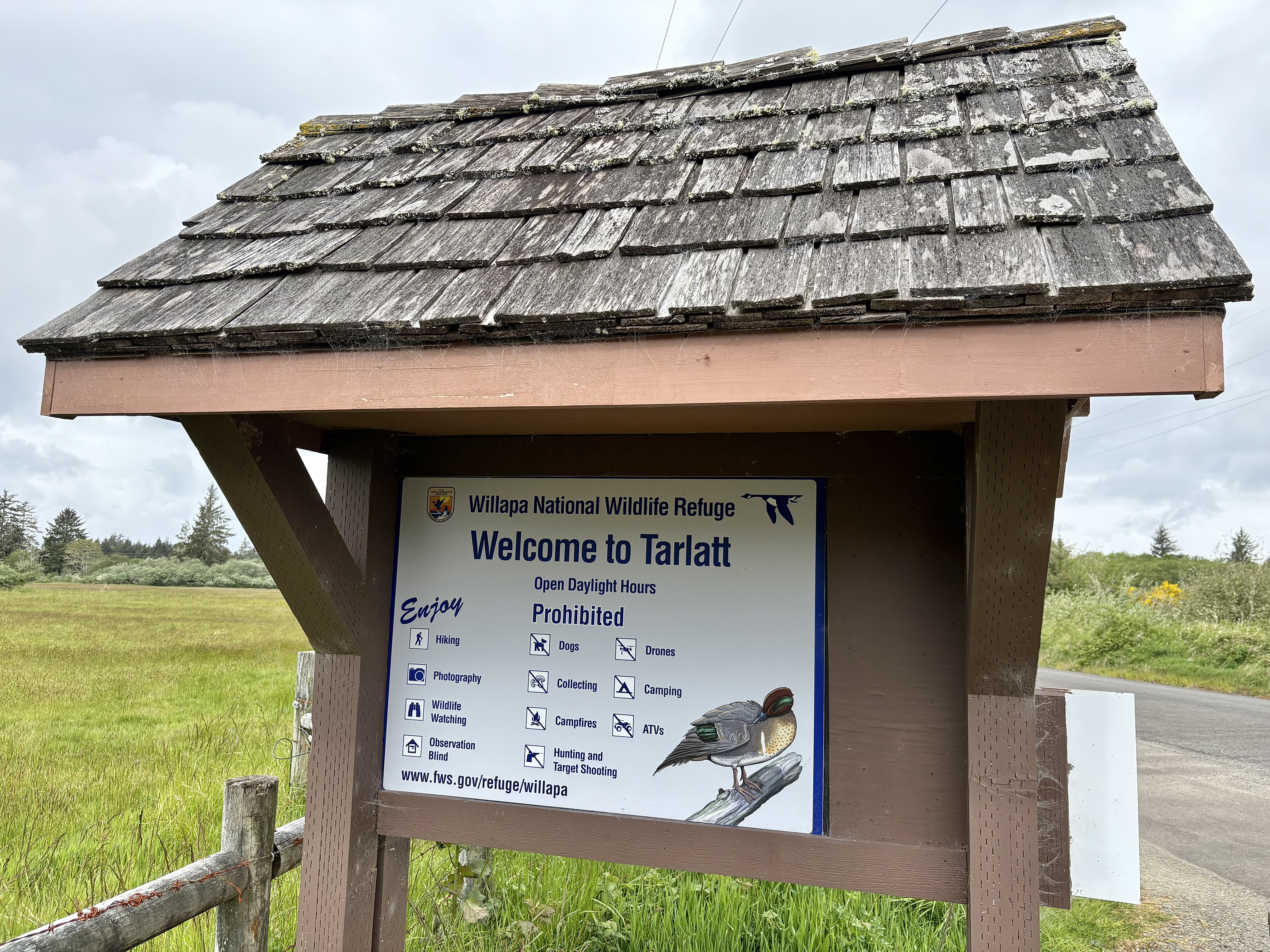Birdwatching: Red-necked grebes seem to say ‘Come dance with me!’
Published 9:12 am Tuesday, December 27, 2016

- Red-necked grebe in winter garb. Note the remnants of its red-neck.
Most grebes are dancers! The red-necked grebe is an especially good dancer. Dancing parallel to one another as they rush across the water is part of their “highly complex, ritualized courtship display” and it helps to develop and maintain their bond. Red-necked grebes only frequent the Long Beach Peninsula and the Willapa National Wildlife Refuge in fall and winter so we do not see their wonderful dances nor do we see their defensive moves when protecting their territories. In this case, when swimming they hunch down, raise their heads, and thrust their bills forward.
Trending
We do see them in fall and winter when they are wearing their less colorful garb. Lately, they have been seen mainly in the Ilwaco harbor. They are considered occasional in our area and are generally seen near the coast. They are aquatic birds that migrate mainly overland and at night. On occasion, red-necked grebes will migrate during the day over water, and when so doing, they usually travel in large flocks.
The winter coat of the red-necked grebe is a nondescript dusky-gray. If a bird stays around towards the end of winter, you might see the beginnings of its breeding plumage coming on. Its breeding garb includes a distinctive red neck, black cap, and pale gray cheeks. They breed on small lakes in Alaska and Canada, but winter along our coast.
Like all grebes, the red-necked is an excellent swimmer. It needs to be because it is awkward on land. Its feet are positioned at the rear of the body near the tail making it difficult for the bird to walk. It nests on or near water for the same reason. It isn’t easy to escape a predator if you nest on land and are slow on the get-away. Red-necked grebes are also excellent divers. They dive to escape danger and to secure prey. Their favorite prey includes amphibians, fish, aquatic insects and mollusks. In addition, as do other grebes, they eat their own feathers and feed their feathers to their offspring. To date no reason for this behavior has been discovered.
Trending
Come spring, we should watch for the red-necked grebe. We may see the beginning of a pair bonding. One bird may say to the other, “Come Dance with Me” and we would be able to witness their elegant, rush across the water. We might even see them present each other with gifts of “green weeds.” All of this behavior generally happens on the breeding grounds, but we can always hope!









